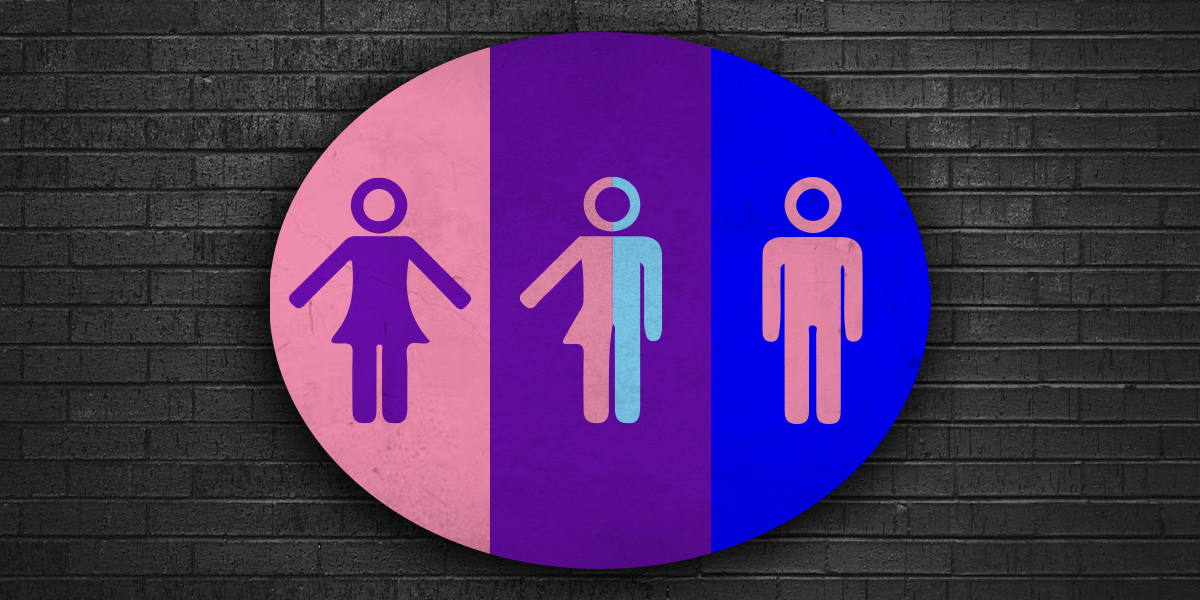
Basically, these are due to the presence of two X chromosomes in female DNA. But, in female DNA, there can be two types of a particular STR since female DNA contains two X chromosomes. Also, the X chromosomes of male DNA contains a single type of a particular STR. However, in female DNA, there can be two different types of bases in the two X chromosomes. As it contains a single X chromosome, a particular variable region contains a single type of base. Moreover, it contains one X chromosome from the mother and one Y chromosome from the father. Male DNA is the set of chromosomes that occurs inside cells of a male. Klinefelter syndrome (XXY) and XYY syndrome are the sex abnormalities associated with male DNA, while Turner syndrome (X0) and triple X syndrome are the sex abnormalities associated with female karyotypes. Hence, this is also an important difference between male and female DNA. Moreover, all the X chromosomes of male DNA contain the same number of a particular STR, while all the X chromosomes of female DNA contains two types of that particular STR. Polymorphic SitesĪ particular variable region on the X chromosome of male DNA may contain either C or G, while that particular region of the X chromosome may contain either C, G or a mixture of C and G in female DNA, proving that there are two types of X chromosomes. Number of GenesĪlso, the Y chromosome of males contains around 200 working genes, while the X chromosome of females contains around 1000 working genes. Number of X ChromosomesĪnother major difference between male and female DNA is that male DNA contains only one X chromosome, while female DNA contains two X chromosomes with different origins. Karyotypeīesides, the karyotype of male DNA is 46: XY, while the karyotype of female DNA is 46: XX. Type of Sexįurthermore, male DNA has heterogametic sex, while female DNA has homogametic sex. Thus, this is the main difference between male and female DNA. While male DNA contains one X chromosome and one Y chromosome, female DNA contains two X chromosomes with different origins. Male DNA refers to the set of DNA in males, while female DNA refers to the set of DNA in females. The characterization of male and female DNA is important for gender discrimination in forensic studies.ĭifference Between Male and Female DNA Definition.

Male and female DNA are the two sets of DNA found in humans.Therefore, male DNA contains a single type of X chromosomes. The main feature of male DNA is that it contains one X chromosome with the maternal origin and one Y chromosome with the fraternal origin. Male DNA is the type of DNA that occurs inside the cells of males. – Comparison of Key Differences Key Termsįemale DNA, Male DNA, STRs, X Chromosome, Y Chromosome What is the Difference Between Male and Female DNA What are the Similarities Between Male and Female DNAĤ. – Definition, Characteristics, Importanceģ. Basically, they differ by the number of X chromosomes present and the characteristics of X chromosomes.

Male and female DNA are the two types of DNA that occur in the two genders of humans. Moreover, all the X chromosomes of male DNA contain the same number of a particular STR, while all the X chromosomes of female DNA contains two types of that particular STRs. Furthermore, a particular variable region on the X chromosome of male DNA may contain either C or G, while that particular region of the X chromosome may contain either C, G or a mixture of C and G in female DNA, proving that there are two types of X chromosomes. The main difference between male and female DNA is that male DNA contains one X chromosome and one Y chromosome, whereas female DNA contains two X chromosomes.


 0 kommentar(er)
0 kommentar(er)
